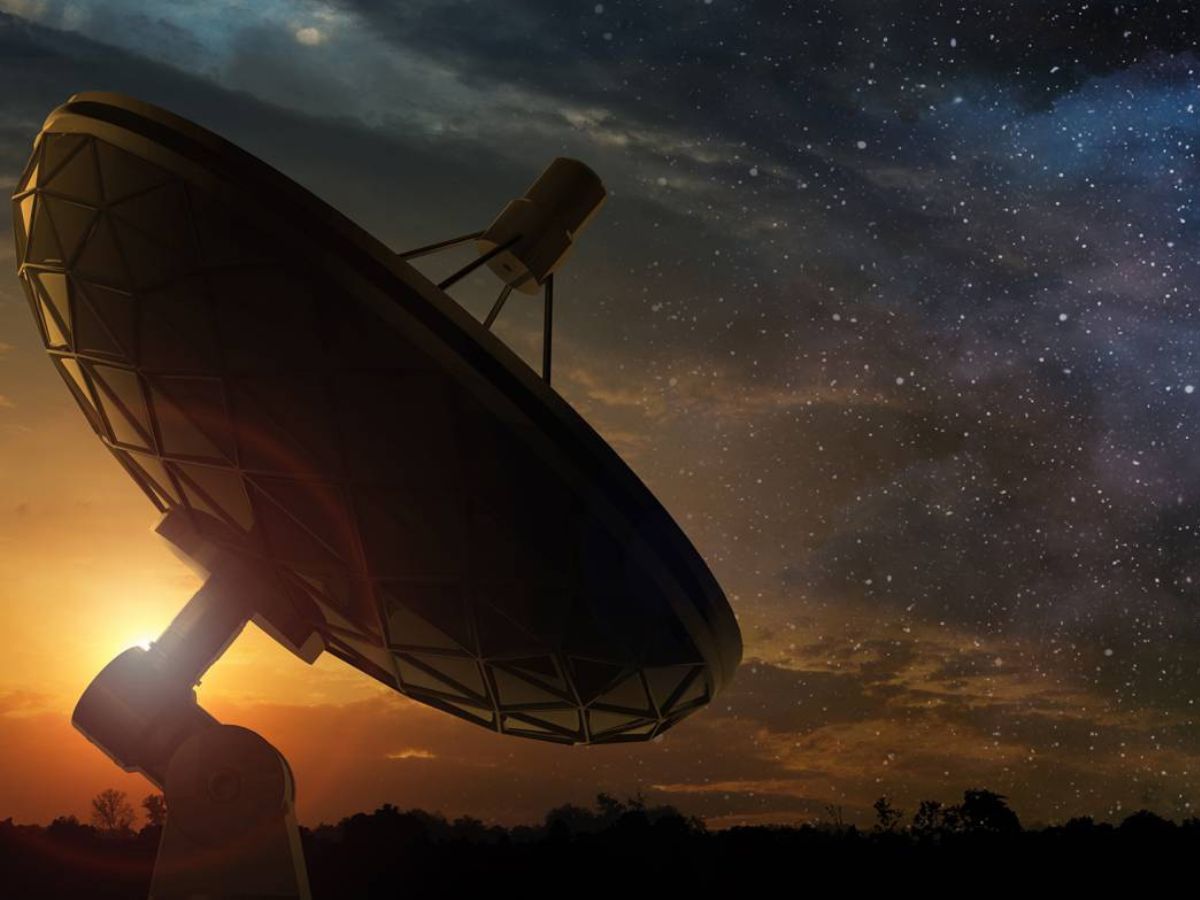Mysterious Radio Signal Detected in Australia Traced Back to NASA Satellite











2025-06-29T08:28:00Z

In an intriguing development, a radio signal originating from deep space has been detected in Australia, leaving scientists both surprised and curious. The discovery was made using the ASKAP (Australian Square Kilometre Array Pathfinder) radio telescope, which has been pivotal in enhancing our understanding of cosmic phenomena. This signal's origin, while unexpected, is not entirely alien to researchers in the field of astrophysics.
The recent observations are part of a broader trend of astronomical discoveries, particularly highlighted by the capabilities of the James Webb Space Telescope, which has successfully captured images of its first exoplanet located near Earth. The detection of this radio signal initially excited scientists, particularly because such occurrences often reignite discussions about extraterrestrial life and potential messages from advanced civilizations.
However, this particular signal is categorized as an ultra-fast radio signal. At first glance, it was mistaken for a fast radio burst—a phenomenon characterized by mysterious flashes of energy whose origins have remained elusive to researchers for years. Nonetheless, the signal's properties quickly ruled out this hypothesis; it lasted only a minuscule 30 nanoseconds, significantly shorter than typical fast radio bursts.
Upon further investigation, researchers traced the source of the signal to a more terrestrial origin than they had anticipated. The signal was found to emanate from an inactive NASA satellite named Relay 2, which was launched in the 1960s and currently orbits at an altitude of about 4,500 kilometers above the Earth's surface.
Despite the discovery of its source, the precise reason behind the signal’s emission is still under scrutiny. Two primary theories have emerged. The first theory posits that the signal could result from an electrostatic discharge caused by an electrical overload within the satellite's systems. The second theory suggests that a small meteorite may have impacted the satellite, generating a spark that was detectable by terrestrial equipment.
While the conclusion indicates that this signal was not a communication from an advanced extraterrestrial civilization, it still offers valuable insights for the scientific community. Understanding the nature of this event can help researchers refine their observational techniques, potentially allowing them to filter out interference signals that could affect future studies of space phenomena.
 James Whitmore
James Whitmore
Source of the news: Notebookcheck